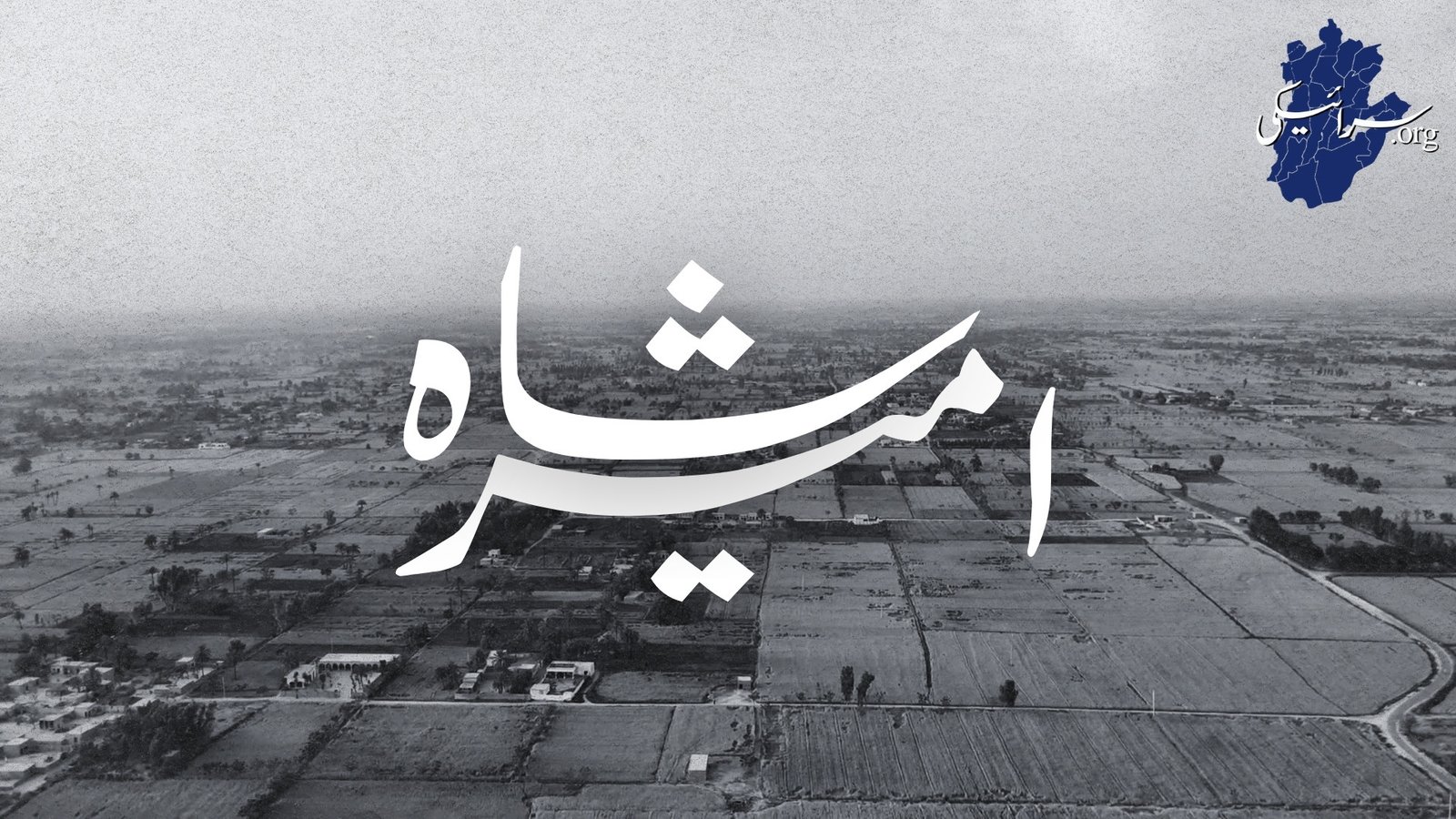Basti Ameer Shah is a village located in Kot Addu, Punjab, Pakistan—an area often referred to as the City of Rivers. The village is historically known due to the presence of Syed Nasrullah Shah Sahib, also known as Ameer Shah Qalandar, a saint who migrated from Uch Sharif to this region in the 1700s. According to long-time residents, he settled on the sand dunes and laid the foundation of what later became Basti Ameer Shah.

This village is considered one of the more sustainable settlements in the region, with underground water easily accessible at just 30 feet. Historically, the land here was part of the Indus River basin, making it highly fertile. Crops such as wheat, sugarcane, sunflower, mustard, and other Rabi crops are cultivated here. The area also supports livestock and wool production.
Every year, the month of Visakh marks an important seasonal shift in this part of Punjab. It signals the beginning of the wheat harvest—a critical time for farming families. In South Punjab, including B.A.S, Visakh is not just a calendar event; it is embedded in the Saraiki rural lifestyle. Harvesting begins early in the day, and communities work together in a rhythm shaped by generations of agricultural practice.
During this time, B.A.S becomes active with various local traditions and social gatherings. Wheat harvesting is not only an economic activity but also connected to key life events, such as weddings, which are often planned around this season. For many families, the crop supports both household needs and community obligations.
In winter, nomadic families temporarily settle in and around B.A.S. The region’s moderate winter temperatures make it a practical shelter for those migrating from colder mountain areas. These seasonal residents set up temporary camps and participate in agricultural and communal life, contributing to and benefiting from the village’s cooperative atmosphere.
Geographically, B.A.S lies to the east of the Indus River, in southern Punjab—60 kilometers north of Multan, 500 kilometers southwest of Islamabad, and 390 kilometers southwest of Lahore. Its location, climate, and agricultural significance make it an integral part of the broader Saraiki cultural and economic landscape, particularly during Visakh, when its fields and people come together in a shared effort rooted in tradition.


Leave a Reply